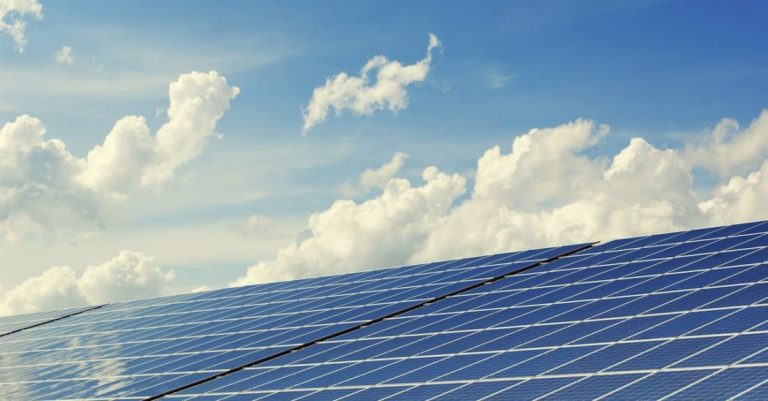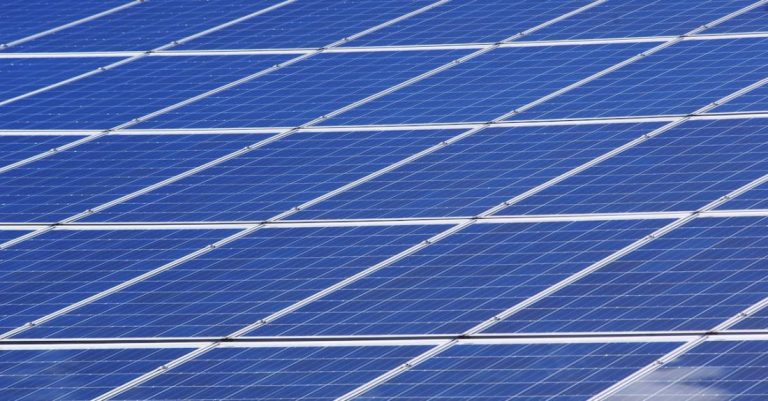
In the face of climate change and the push towards sustainability, more homeowners are looking to integrate renewable energy sources into their existing homes. Adopting renewable energy not only helps reduce carbon footprint but also leads to long-term cost savings. If you’re considering making the switch to renewable energy, here are some practical steps to help you seamlessly incorporate it into your home.
Assess Your Energy Needs
Before diving into the world of renewable energy, it’s crucial to understand your current energy consumption and needs. Start by conducting an energy audit of your home to identify areas where energy is being wasted. This audit will help you determine the optimal renewable energy solutions for your specific requirements.
Choose the Right Renewable Energy Source
There are various renewable energy sources available for residential use, including solar, wind, geothermal, and hydroelectric power. Each source has its own set of advantages and considerations, so it’s essential to choose the one that best aligns with your location, budget, and energy needs. Solar panels are a popular choice for many homeowners due to their versatility and relatively easy installation process.
Consult with a Professional
While there are many resources available for DIY renewable energy projects, consulting with a professional can provide valuable insights and ensure that the integration process is done correctly. A renewable energy specialist can assess your property, recommend the best solutions, and handle the installation process, saving you time and potential headaches in the long run.
Optimize Energy Efficiency
Before investing in renewable energy sources, it’s essential to maximize the energy efficiency of your home. Simple measures like upgrading to energy-efficient appliances, improving insulation, and sealing air leaks can significantly reduce your energy consumption, making your transition to renewable energy more effective and cost-efficient.
Consider Battery Storage
To make the most of renewable energy sources like solar power, consider incorporating battery storage into your system. Batteries allow you to store excess energy generated during peak sunlight hours for use during times when sunlight is limited, such as at night or on cloudy days. Battery storage can help you further reduce your reliance on the grid and increase your energy independence.
Explore Incentives and Rebates
Many government incentives and rebates are available to homeowners looking to integrate renewable energy into their homes. These incentives can help offset the initial cost of installation and make renewable energy more accessible and affordable. Research the incentives and rebates available in your area to take full advantage of the financial benefits of going green.
Monitor and Maintain Your System
Once you’ve integrated renewable energy into your home, it’s essential to monitor and maintain your system regularly. Keep track of energy production, check for any signs of wear or damage, and schedule routine maintenance to ensure optimal performance. By staying proactive with system maintenance, you can extend the lifespan of your renewable energy setup and maximize its efficiency.
Embrace the Future of Energy
Integrating renewable energy into your existing home is a significant step towards a more sustainable and environmentally friendly future. By taking the time to assess your energy needs, choose the right renewable energy source, optimize efficiency, consult with professionals, and explore incentives, you can seamlessly transition to clean energy while reducing your carbon footprint and saving on energy costs.
In conclusion, making the switch to renewable energy may seem like a daunting task, but with careful planning and the right resources, it can be a rewarding investment for both your home and the planet. Start your renewable energy journey today and embrace a cleaner, greener future for generations to come.





